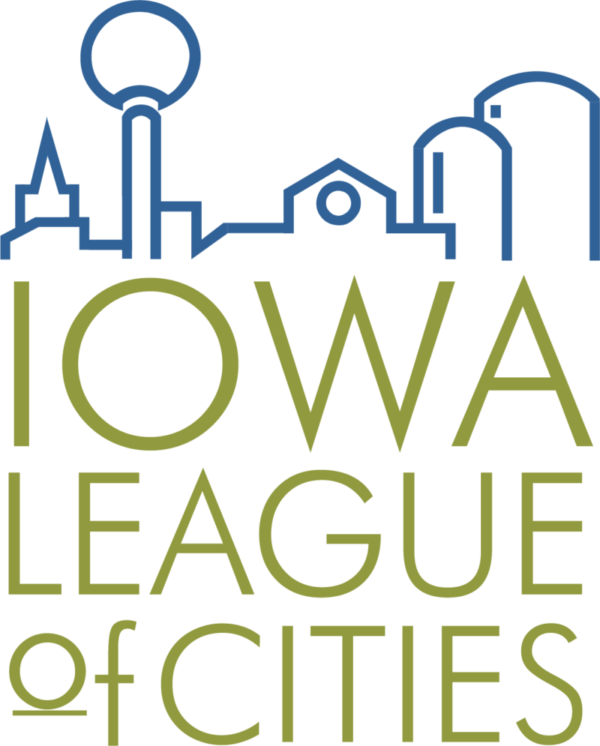When cities provide employees with fringe benefits, those benefits are subject to federal income taxes unless federal law specifically excludes it. Health insurance, life insurance (under $50,000) as well as most types of retirement plan contributions are generally considered non-taxable fringe benefits if certain limits and Internal Revenue Service (IRS) rules are followed. The most common taxable fringe benefits used by cities include personal use of vehicles, cell phones and clothing; the taxable nature of those benefits is dependent upon the amount of the benefit and the adherence to IRS rules. In many cases these benefits may be partially or completely excluded from taxable income if IRS rules are followed.
Clothing
Work clothing that is provided by the city is not taxable if the employee must wear it as a condition of employment and the clothes are not suitable for everyday wear. It is not enough that the employee wears distinctive clothing, nor is it just enough that the employee does not wear the clothes outside of work. The city must specifically require the clothing and the clothing must not be suitable to take the place of regular clothing. For example, the cost and upkeep of work clothes for firefighter, police officers and health care workers would not be taxable. A police detective’s suit jacket is suitable for everyday wear, and therefore, is taxable.
Vehicle Use
Certain types of city vehicles are considered qualified non-personal use vehicles and can generally be excluded from employee income and if certain conditions are met. Examples of qualified non-personal use vehicles include clearly marked police and fire vehicles; unmarked vehicles used by law enforcement officers provided the officer is authorized to carry a firearm, execute search warrants and make arrests; an ambulance or hearse used for its specific purpose and any vehicle designed to carry cargo with a loaded gross vehicle weight over 14,000 pounds. Pickup trucks can be considered a qualified non-personal-use vehicle if it has been specially modified so it is not likely to be used more than minimally for personal purposes and it is clearly marked with permanently affixed decals.
If an employee uses a city-owned vehicle that is outside the definition of a qualified non-personal use vehicle for commuting to work, the use of the vehicle is generally considered to be taxable. This includes use when the employee is “on-call” and when commuting distances are nominal. To determine the personal use value of a vehicle, the city can use one of three methods. Each method requires vehicle owners to maintain detailed daily logs to support the use of that particular rule.
- Lease Value Rule. To use this rule, the fair market value of the vehicle must be determined. From that data, the annual lease value in IRS Publication 15-B can be calculated. The vehicle must be revalued after four years. The fair market value of fuel provided must also be added using 5.5 cents per mile.
- Cents-Per-Mile Rule. To use this rule at least 50 percent of the vehicle use must be business related, the fair market value must be less than $15,300 for cars ($16,200 for trucks and vans) and the vehicle must be driven at least 10,000 miles per year. Current IRS Mileage Rate.
- Commuting Rule. This rule applies an amount of $3 per day, $1.50 per one-way commute, to the employee’s income. This rule is not available to elected officials. To qualify for this rule, all of the following regulations must be followed:
- Vehicle must be owned or leased by the city.
- The employee is required to commute with the vehicle for bona fide business reasons.
- The city has a written policy prohibiting no other use except commuting and minimal personal use.
- The employee only uses the vehicle for commuting and minimal personal use.
Employer-Provided Cell Phones
Personal use of an employer-provided cell phone, provided primarily for non-compensatory business reasons, is generally excludable from an employee’s income as a de minimis (minimal) fringe benefit. Non-compensatory business reasons include the need to contact employees at all times for work related emergencies. A de minimis benefit is one that is provided to an employee that has such little value that accounting for it would be unreasonable or administratively impracticable based on how frequently such benefits are provided to other employees. If an employer-provided phone is used primarily for personal use and has limited employment related purposes it is likely that cost associated with that benefit would be considered taxable. For a more in-depth review of this issue see IRS Bulletin: 2011-38 Tax Treatment of Employer-Provided Cell Phones.
More information about taxable fringe benefits can be found in IRS Publication 15-B, Employer’s Tax Guide to Fringe Benefits.






